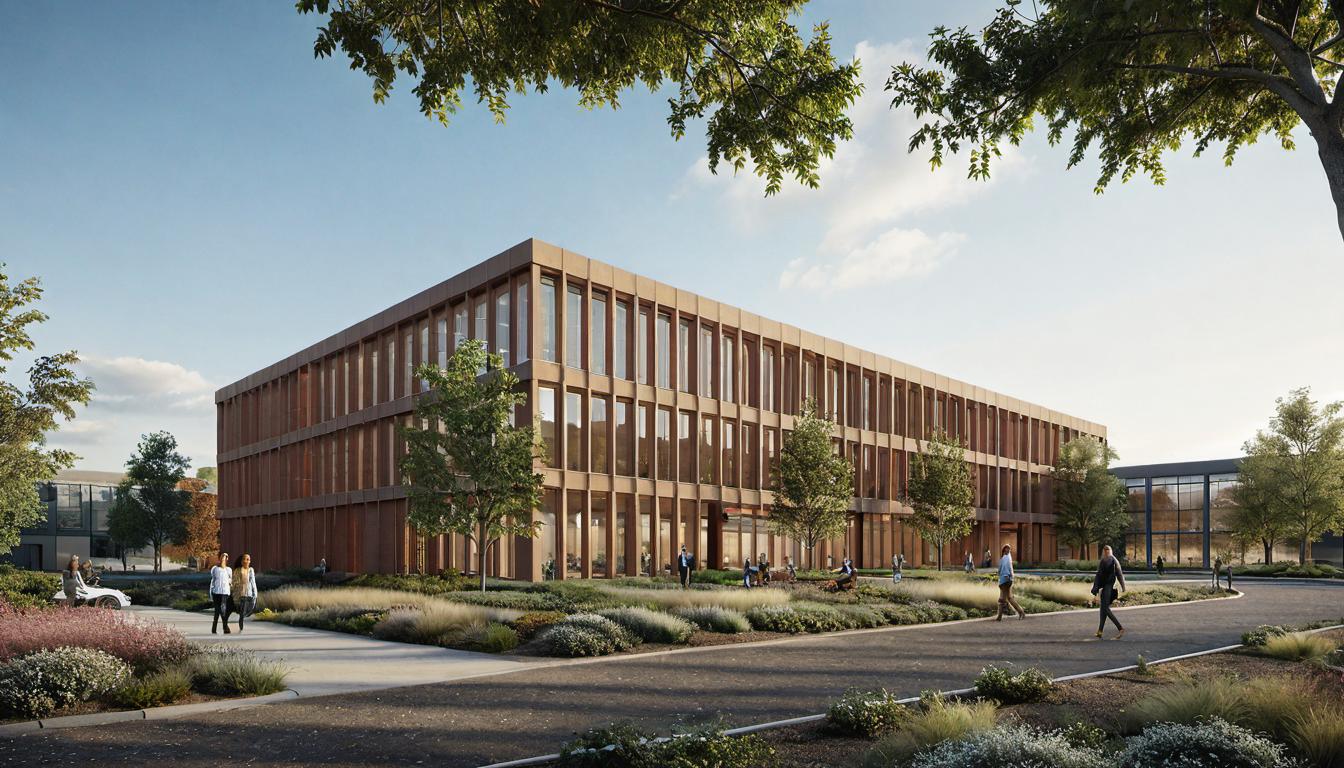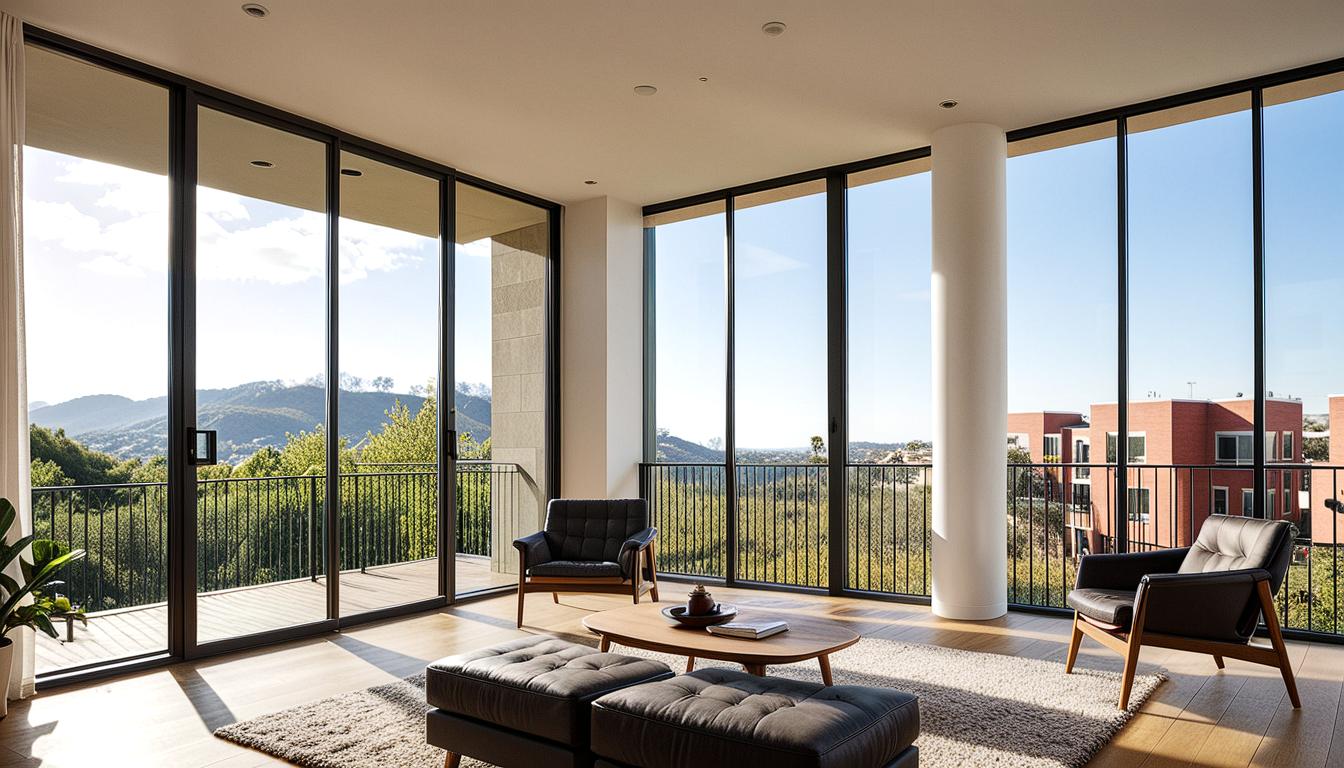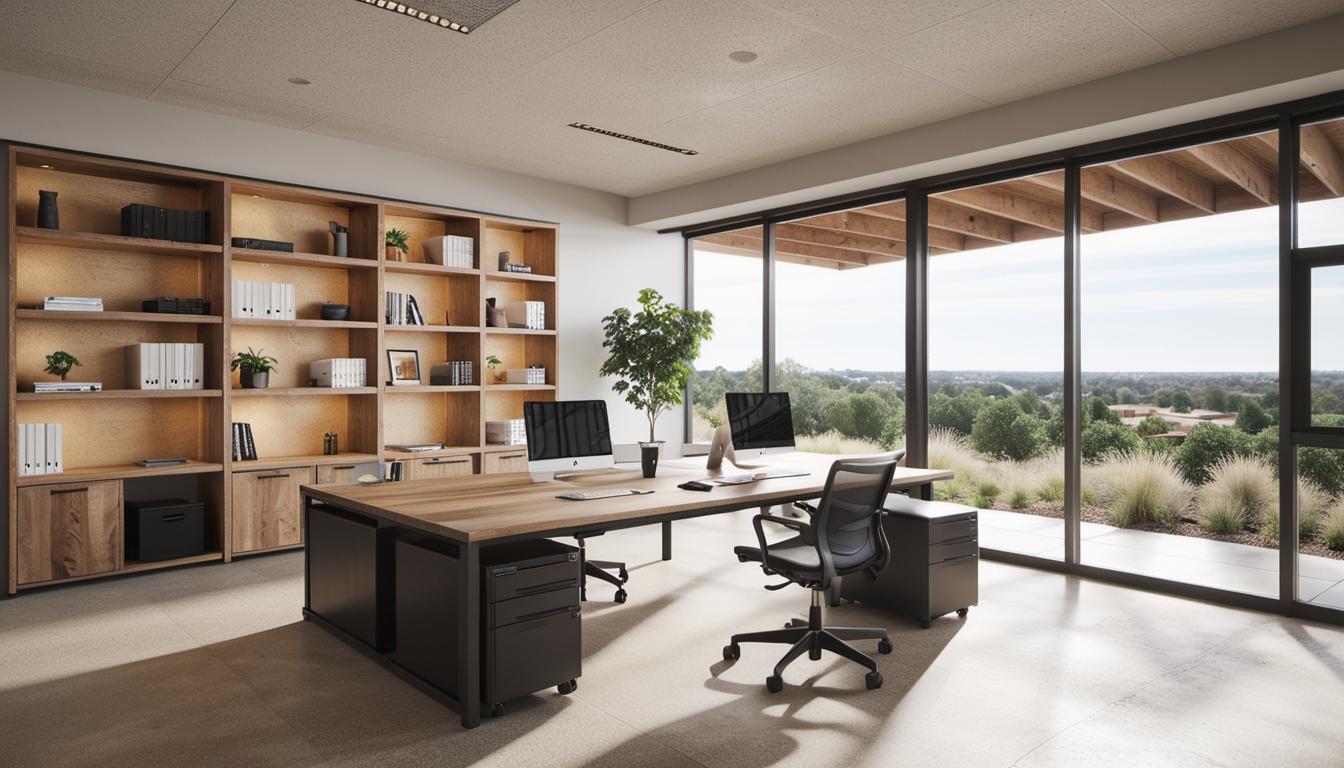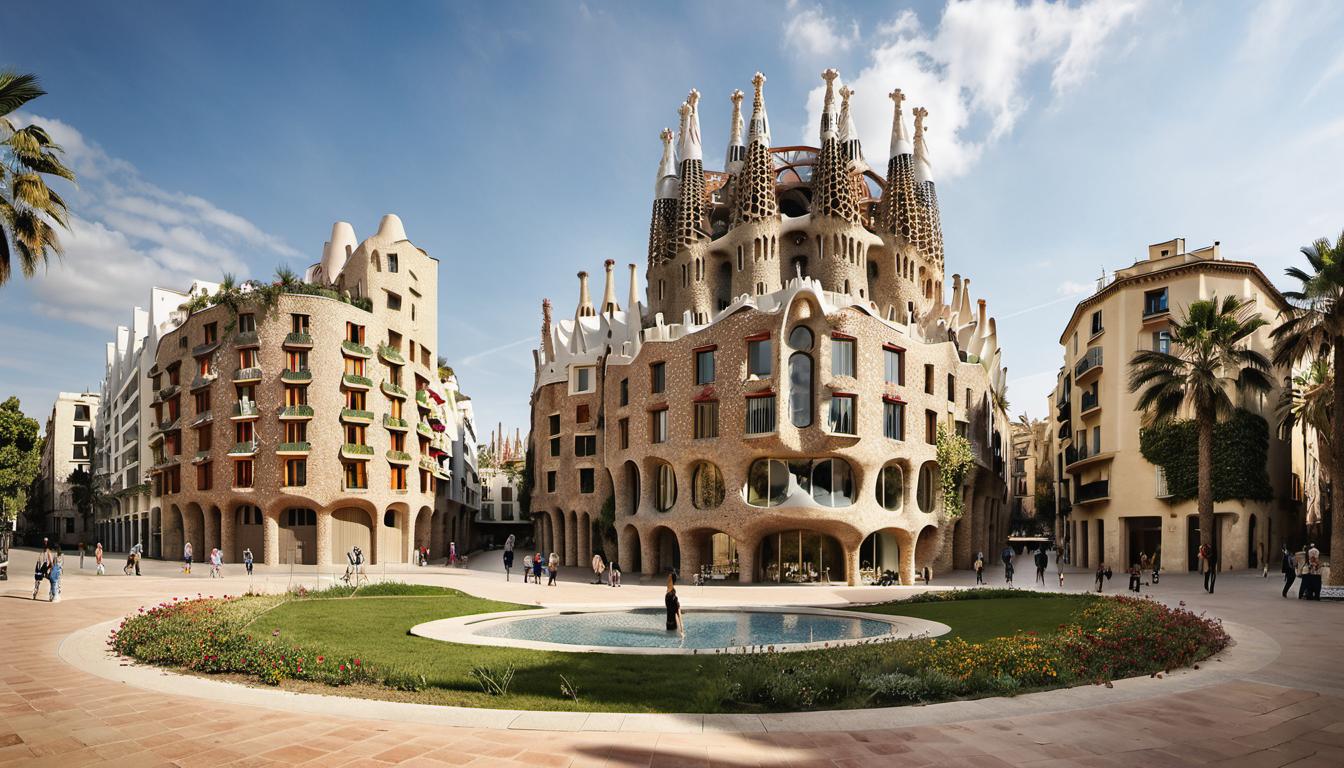Introduction
Artificial Intelligence (AI) is becoming an essential tool in several industries, and architecture is no exception. The significance of AI in architecture is increasingly clear, as it brings a wealth of benefits to the design process, optimizes designs, and boosts building performance. Adopt and adapt to this trend, because its relevance in modern architecture isn’t going anywhere anytime soon.
AI: A Game Changer in Architecture
Artificial Intelligence is reshaping the terrain of architecture. It’s a ranging force that’s changing the way architects design, plan and execute their projects.
The almighty AI impacts different aspects of the architectural process like a pro. Some of the significant ways AI makes its impact felt are through optimization of designs and streamlining of work processes.
The Power Seven: Reasons Architects Should Implement AI
- Data Analysis and Creative Solution Generation: AI in architecture can process large amounts of data to automate tasks, and generate creative solutions. Cheers to a simplified design process.
- Architectural Visualization and Rendering: AI comes to the rescue for bringing design concepts to life, aiding in visualization and rendering. It’s the Picasso of architecture.
- Construction Improvement through Design Data Analysis: Analyzing design data is cake-walk for AI. It identifies potential issues and suggests ways to improve, ensuring structural integrity.
- Impact of AI-powered Project Management: There are AI-powered tools to streamline construction workflows, so delays and costs won’t be your concern anymore.
- AI’s Role in Urban Planning: AI turns you into a pro at urbanization, analyzing real-time data on traffic patterns, population density, and environmental factors.
- AI’s Effects on Sustainable Architecture: AI-driven models can simulate the impact of design choices on sustainability and energy efficiency. You can play your part in saving the Earth.
- Advantages of Automating Architectural Workflow: Time-consuming tasks are all one click away with AI’s automation. Efficiency enhances, and you save your efforts for creative tasks.
Top AI Tools for Architects
- Adobe Firefly, ARCHITEChTURES, Ark Design AI, KREA, Luma AI, Maket, Stable Diffusion XL: These tools are as diverse in their functions as they are in their names. They range from generative AI systems and platforms that optimize designs to image generation and residential planning automation. Each tool has its unique strengths that accommodate different requirements.
- On the lookout for more tools? Check out the Archicad AI Visualizer, DALL E, Delve, Kaedim, and Midjourney. These additional tools vary from 3D visualization to text-to-image capabilities and architectural modeling.
Architects Are Adopting AI: Current Scenario
- Artificial Intelligence is becoming the apple of the eye for architects. Current adoption rates shine a light on its extensive usage in architectural firms for design exploration, task automation, and building performance optimization.
- A recent survey reveals that excitement is building up in the world of architecture. A large fraction of professionals in the industry are keen on integrating AI into their daily processes, as regions across the globe see increased AI use at various stages of design and execution.
- We have seen some hesitations and concerns, especially regarding the lack of AI regulation and ethical guidelines – architects yearn for a clear roadmap around AI practices.
A New Vision: The Role of AI in Architectural Visualization
- Looking for ultra-realistic renders? AI algorithms spice up Enscape renders, transforming the way architects visualize their designs.\ ‘
- All work and no play? With AI, there’s a marked improvement in workflow efficiency, striking a balance between work and creativity.
- Maintaining a consistent narrative across your visual storytelling projects is no headache with AI algorithms joining the party.
Ongoing Architectural Conversations: Other AI Articles
- Brace yourself for a smorgasbord of articles to delve into:
- “Sustainable Architecture: Design Green with the Client in Mind”
- “Architectural Visualization Trends and the Rise of AI”
- “From Plan to Reality: Unlocking the Power of Aerial Imagery for AEC”
- “7 Ways Real-Time Visualization Can Solve Architectural Challenges”
- “Concrete Waterproofing: The Next Step to a More Resilient Design”
- “Report: Optimism for Construction Growth in the Next Year Remains High”
FAQs on AI in Architecture
How does AI help optimize architectural designs? It’s like assembling a puzzle – AI algorithms in architecture process large amounts of data, automate tasks, generate creative solutions, and streamline workflows. Just add your creativity and voilà!
What role does AI play in architectural visualization? channel your inner artist with AI aiding in architectural visualization. It brings design concepts to life and enhances building performance.
Can AI help in reducing costs of architectural projects? Yes, indeed! AI optimizes design and construction processes, reducing material waste, labor costs, and energy consumption.
How are professionals currently using AI in architecture? AI is like a Swiss Army knife for architects – it’s used consistently for design exploration, task automation, and improving building performance.
What is the impact of AI on architectural visualization in terms of photorealism? AI is an artist at heart, enhancing photorealism in architectural visualization. So, prepare to stun your clients!
Final Thoughts
The ball is now in your court. With all the benefits AI offers, it’s wise to include it in your architectural toolbox. As we look forward, the richness of AI’s potential is clear, but challenges do await. Adapt and learn, and remember, the human touch is impossible to automate. Keep creating and keep innovating. Cheers to a future where AI and architects work hand in hand!






